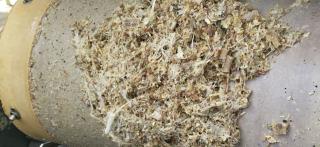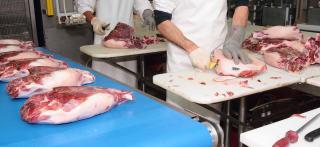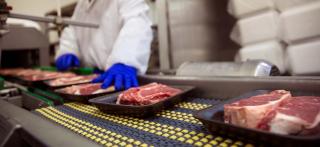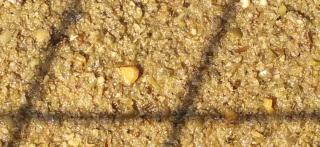
Hydro MicroScreen allows Kiel to process 5X more cheese waste for profit
The Hydro MicroScreen would exceed the performance of the existing clarifier, provide grit removal, reduce odor, increase biological treatment capacity, reduce sludge disposal and O&M costs.
Situation
The City of Kiel, WI is a town of 3,500 located on the banks of the Sheboygen river 110 kilometers (70 miles) north of Milwaukee. The town, which used to be called the wooden shoe capital of Wisconsin is also a major cheese processing hub.
The Kiel wastewater treatment plant (WWTP) is an activated sludge plant that uses a coarse bar screen, aerated grit removal, and a fine screen followed by two primary clarifiers. Following the clarifiers is aeration, secondary clarifiers, sand filters, chlorine contact and post aeration. The clarifier solids go to anaerobic digesters and the methane is flared off.
Problem
The plant treats high strength wastewater from cheese production operations. The cheese waste is received by truck, stored at the facility in bulk, and then dosed into the plant’s residential wastewater influent stream during low flows. The Dissolved Oxygen (DO) is closely monitored during this time; in the event the DO drops to unacceptable levels, the cheese waste influent is turned down or shut off.
Pilot Study Outcome
As a result of the pilot study, it was determined that the Hydro MicroScreen™ would:
- Allow the plant to process 5x more cheese waste
- Allow the plant to accept waste from septage haulers
- Increase heat recovered in anaerobic digestion
- Increase plant loading capacity for TSS & BOD
- Increase hydraulic loading capacity of activated sludge process
- Reduce sludge production and disposal costs
Visit the industrial microsite
Visit our dedicated microsite to learn how we can help industrial businesses to improve profitability, reduce downtime and meet regulations.



















